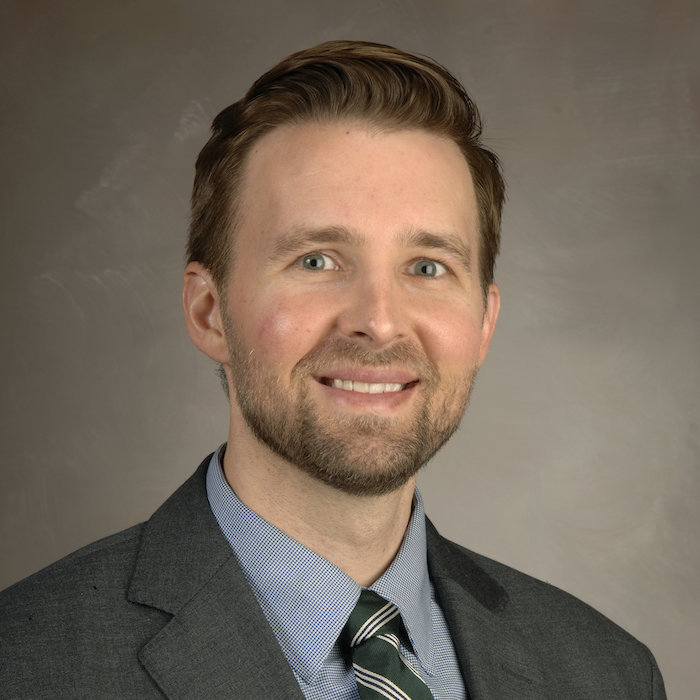Rotator Cuff Injuries / Subacromial Bursitis
The rotator cuff is a sleeve of four muscles that surrounds the shoulder and helps provide stability and function. There is a space between the rotator cuff tendons and the undersurface of the bone on the top of your shoulder (acromion). This space is known as a bursa, and allows the tendons to glide when you move your arm. These structures are a common source of pain in the shoulder.
In some cases, the rotator cuff tendons may become irritated or damaged. Additionally, the bursa may become inflammed. These injuries can cause significant shoulder pain, even though a frank rotator cuff tear may not be present. Patients with these conditions often report pain in the shoulder that is worse with activity and overhead lifting. The pain may become severe enough to cause problems sleeping at night, or difficulties with daily activities, such as putting on a coat. Young or middle-aged people are particularly prone to these rotator cuff based pain, and patients who perform repetitive overhead activities are also at high risk.
Most cases of rotator cuff tendonitis are diagnosed through a careful history and physical examination. However, in some cases, advanced imaging such as an MRI or ultrasound is required to confirm the diagnosis. The majority of cases respond to non-operative treatment such as physical therapy and corticosteroid injections. In some rare cases, if these non-operative treatments have failed, and pain persists, surgery may be required to evaluate the rotator cuff and remove the inflamed bursa. This is an outpatient surgery which is performed arthroscopically in a minimally-invasive fashion. After anesthesia is given, three to four small incisions (under ¼" each) are made around the shoulder. A camera (arthroscope) is placed in the shoulder joint and using special instruments, the rotator cuff is evaluated, the bursa is removed, and any bone spurs on the undersurface of the shoulder blade (acromion) are removed.
After surgery, the patient is placed in a sling for comfort, and physical therapy is usually initiated at the two week post-op visit.
Further information on this injury can be found in this handout, or on the AAOS OrthoInfo website, an orthopaedic resource center providing expert information.
